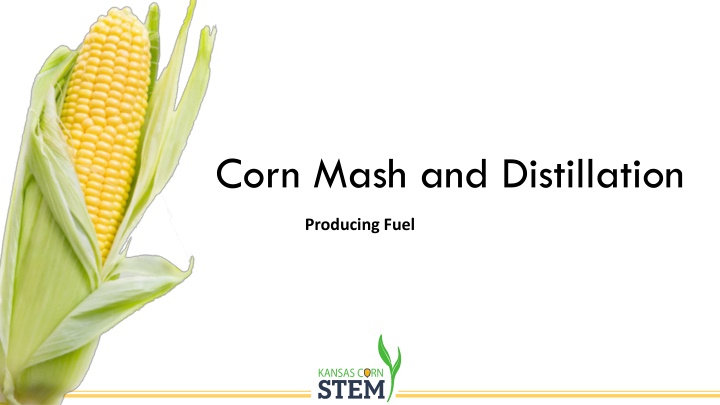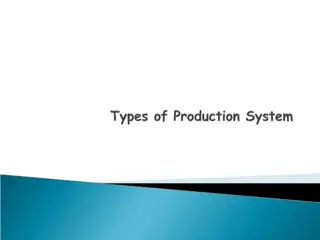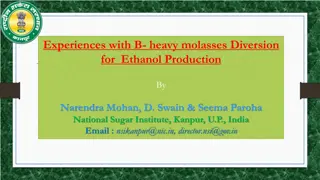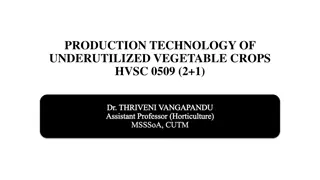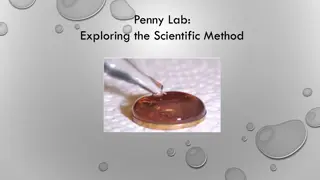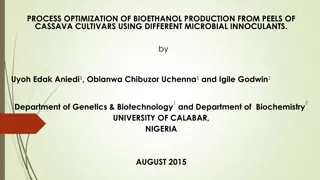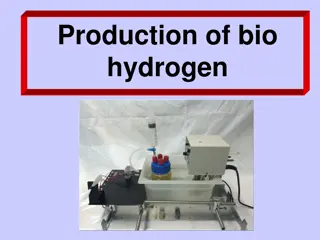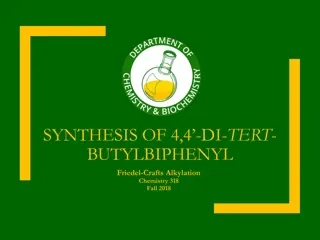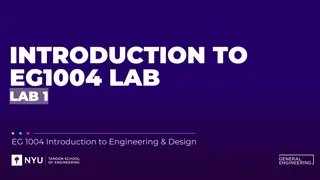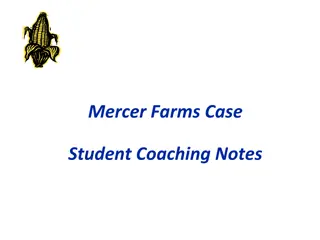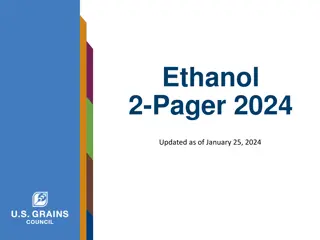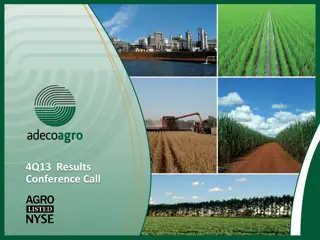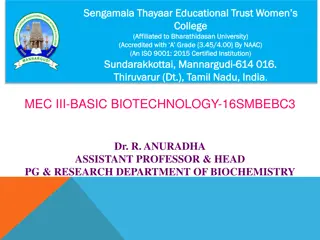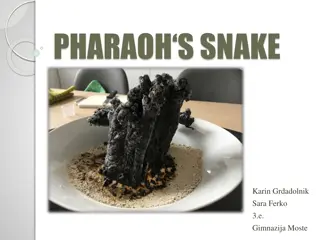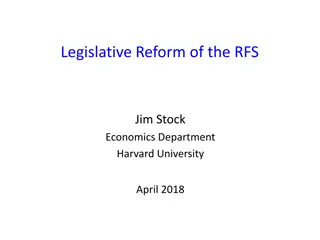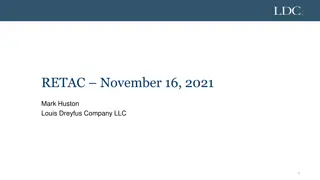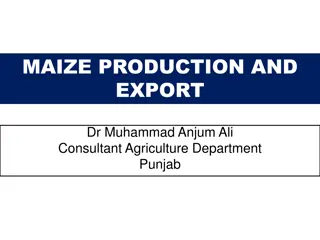Guide to Ethanol Production from Corn: A Student Lab Experiment
Explore the process of ethanol production from corn through anaerobic fermentation, with students testing their procedures in a lab setting. From preparing the samples to distillation, follow step-by-step instructions accompanied by helpful images.
Download Presentation

Please find below an Image/Link to download the presentation.
The content on the website is provided AS IS for your information and personal use only. It may not be sold, licensed, or shared on other websites without obtaining consent from the author.If you encounter any issues during the download, it is possible that the publisher has removed the file from their server.
You are allowed to download the files provided on this website for personal or commercial use, subject to the condition that they are used lawfully. All files are the property of their respective owners.
The content on the website is provided AS IS for your information and personal use only. It may not be sold, licensed, or shared on other websites without obtaining consent from the author.
E N D
Presentation Transcript
Corn Mash and Distillation Producing Fuel
Ethanol Ethanol is a renewable source of fuel for vehicles that is widely produced from corn. Ethanol production is reliant on the anaerobic fermentation of corn sugars by yeast. Glucose C6H12O6 2 C Carbon dioxide Ethanol 2 ATP 2 C2H5OH + 2 CO2 + Energy
Ethanol Scientists and industry professionals are constantly working to make the fermentation procedure more efficient. Different enzymes are added to the corn in order to break the starch into simple sugars that the yeast can process into ethanol.
Ethanol This lab is designed to allow students to test their procedures they developed in fermenting fuel to produce and distill ethanol.
Preparing samples Materials needed: 500 ml Filtration or Erlenmeyer Flask 50.0 g ground corn distilled water amylase solution stirring rod
Preparing samples Add 50 g ground corn Add distilled water Measure and add amylase solution Stir
Boiling Samples Boiling breaks down the cellulose in the corn Materials Needed Hot Plate 1000 ml Beaker (or larger) Water Bring 400-500 ml of water to boiling on a hot plate
Boiling Samples Add sample to the boiling water and allow to boil for 10 minutes (Heating time could be a variable for students to test)
Allow sample to cool before adding enzymes. After cooling, students should add the enzymes, buffer solution and yeast they have written in their procedures. Distilled Water may be added to thin the mixture. Stir again
Gas Collection Fill Pan half full of water Completely Fill 1000 ml Graduated cylinder Cover with glass square Invert into pan
Gas Collection Position tubing inside the inverted graduated cylinder to capture any carbon dioxide released. Let the mash ferment overnight.
Day 2 Record the amount of CO2 collected. The amount of gas will be used to estimate the amount of ethanol produced.
Distillation Separation of components of a mixture using their different boiling points. Fermentation produces a mixture of ethanol and water, usually no more than 20% ethanol. We need to purify the ethanol which boils at 78.4 C. Heating the mixture to this temperature will cause the ethanol to boil while the water is not. Condensing the vapor produced will result in a sample that is much higher concentration of ethanol.
Distillation Set Up Condenser Distillation Flask Heating Mantle Receiving Flask (Distillate)
Using Density to Determine Ethanol Percentage 15.45 ml 35.20 g 8.95 ml 43.40g 8.20g 0.916 g/ml 8.20g= 0.916 g/ml 8.95 ml
Using Density to determine Ethanol Percentage 15.45 ml 15.45 ml x 0.57 8.81 ml 35.20 g 8.95 ml 43.40 g 8.20 g 0.916 g/ml 57 % 8.81 ml
Flame Test If the percentage is above 30% it should sustain a flame Add 2-3 ml of distillate to a watch glass Remove distillate and any other flammable materials from area Use a lighter to light the distillate
Budget This lab is made possible with the support and content contributions of the Kansas Corn Commission.
